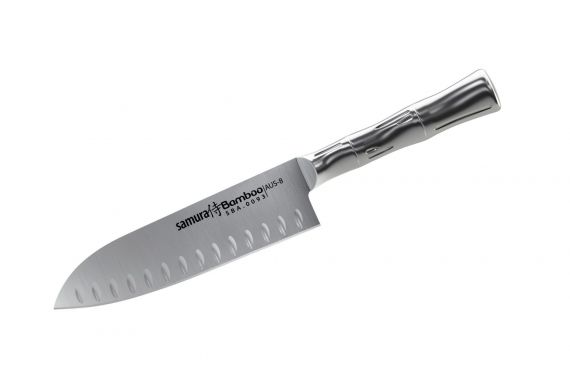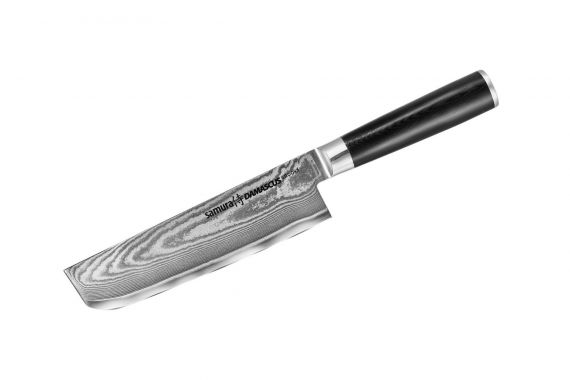Exploring the Versatility of Santoku and Nakiri Knives
In the world of culinary tools, Santoku, Nakiri, and slicing knives stand out for their specialized functions and exceptional performance. Each knife offers unique benefits, making them indispensable in any kitchen.
Santoku Knives: The All-Purpose Tool
Santoku knives, originating from Japan, are renowned for their versatility. The name "Santoku" translates to "three virtues," reflecting their proficiency in slicing, dicing, and chopping. These knives feature a shorter, wider blade with a flat edge and a sheepsfoot tip, allowing for precise, controlled cuts. Crafted from high-quality steel, Santoku knives are known for their sharpness and durability, making them a favorite among both professional chefs and home cooks.
Ideal for preparing vegetables, meat, and fish, Santoku knives offer exceptional balance and ease of use. Their design minimizes friction, ensuring smooth, effortless cuts. Whether you’re a culinary expert or an enthusiastic home cook, a Santoku knife is an essential tool for a variety of kitchen tasks.


Nakiri Knives: Perfect for Vegetables
Nakiri knives are specifically designed for vegetable preparation. The name "Nakiri" means "vegetable cutter," highlighting their primary function. These knives feature a straight, rectangular blade that allows for precise chopping and slicing. The flat edge ensures full contact with the cutting board, providing clean cuts without a rocking motion. Made from premium materials, Nakiri knives offer excellent sharpness and longevity.
Perfect for slicing, dicing, and mincing vegetables, Nakiri knives provide superior control and reduce bruising of delicate greens. Their ergonomic design ensures comfort during prolonged use, making them a staple in both professional and home kitchens.
